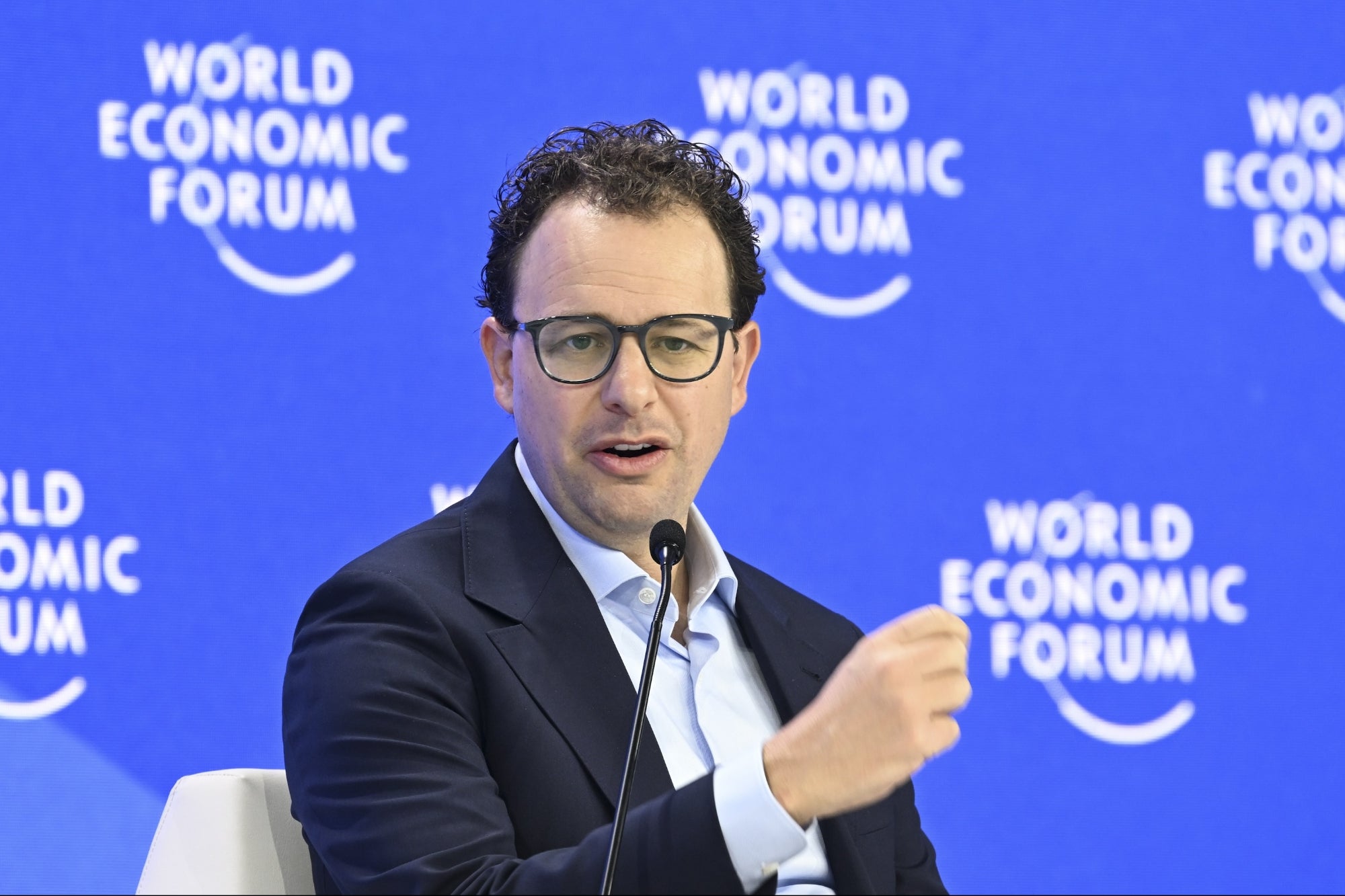The Two Strategies for Networking on LinkedIn -- And Why They Matter Learn two ways you can use this social site to connect with new employees, customers and vendors.
Opinions expressed by BIZ Experiences contributors are their own.

The following excerpt is from Ted Prodromou's book Ultimate Guide to LinkedIn for Business. Buy it now from Amazon | Barnes & Noble | Apple Books | IndieBound
How many connections should you have on LinkedIn? There isn't a magic number that works for everyone. LinkedIn isn't a popularity contest where the person with the most connections wins. LinkedIn is about building relationships and connecting with others, which is very different than the monologue communication of something like Twitter.
There are two distinct approaches to networking on LinkedIn. The first, which is used by most LinkedIn members, is called "strategic networking," where you focus on quality, not quantity. Strategic networkers usually have fewer than 500 people in their network and keep in touch with about 100 to 150 people in their network. They have deep connections with a small number of people.
The other approach is called "open networking"; this is where you cast a very wide net. Open networkers often have thousands of connections in their network because their business is a numbers game. The more people in your network, the easier it is to find someone to fill an open position or outreach customers for a sale. As an open networker, you have a limited connection with a lot of people.
How many people are in your professional network now? Most people know hundreds of people and often have more than 500 contacts in their online address book. According to a Nielsen study, the average number of connections for LinkedIn members is around 60 people. But I see many members with more than 500 connections. Once you're connected with that person, you can connect with anyone on their list because you have a second-degree relationship with them. A great way to expand your network is by connecting with appropriate second-degree relationships. Use your invitations wisely because LinkedIn gives you 3,000 invitations, after which you have to request more. It shouldn't be a problem, since you're trying to keep your network manageable.
Open networking
Open networkers on LinkedIn are often called LIONs (an acronym for "LinkedIn Open Networkers"). LIONs seek to actively increase their connections by sending out and accepting connection invitations. LIONs, in general, accept invites from anyone, so it's relatively risk-free to invite a LION into your network.
Most LIONs take pride in touting their specific number of connections; it's similar to the way celebrities compete to have the most Twitter followers. The majority of LIONs believe bigger is better and that large networks lead to more opportunity.
So how can you become a LION? There's no official LinkedIn designation for a LinkedIn open networker. It's an unofficial designation coined by people willing to connect with anyone to grow their network as large as possible. If you want to be recognized as a LinkedIn LION, you can add LION to the end of your name in your profile or in your profile headline.
Being a LION can have its drawbacks. Unfortunately, with any website or online tool that gets popular, people start abusing its popularity. We're seeing it on Twitter with people automating their tweets, so they send an endless stream of tweets 24/7. We're also starting to see a steady stream of tweet spam where people are creating thousands of fake Twitter profiles that automatically re-tweet tweets from popular tweeters.
We're now seeing similar tricks on LinkedIn with fake LinkedIn profiles. Be careful if you receive an invitation from:
- Someone who has no LinkedIn connections; LinkedIn now warns those who don't have connections or if they are new to LinkedIn
- Profiles with no profile picture—one of my pet peeves, the incomplete profile
- Profiles with company logos as their profile picture, which is a violation of the LinkedIn Terms of Service
- Profiles with company names instead of a person's name; we connect with people, not companies, on LinkedIn!
- Profiles that use partial names or symbols in their names so it looks machine generated
- Profiles that have an SEO-optimized name, a phone number, email address, or their website URL
- Keyword-stuffed title or summary
Do not connect with these people because it's probably a machine-generated profile or someone who is not on LinkedIn for the right reasons. If someone isn't willing to provide a complete name and fill out a complete profile properly, they're not fit for your network.










